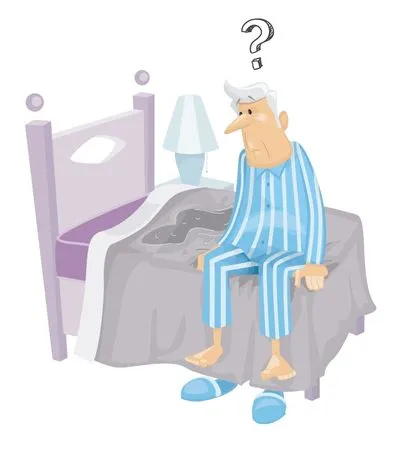Incontinence
Care
While incontinence can be a sensitive and difficult topic to talk about, it is important to remember that you are not alone and that there are effective treatment options available.
What Is Incontinence ?
Incontinence, also known as loss of bladder control, is a common and often embarrassing problem that affects millions of people around the world. It can occur at any age and can be caused by a variety of factors, including pregnancy, childbirth, menopause, prostate problems, neurological disorders, and weak pelvic muscles.
If you are struggling with incontinence, it is important to speak with your healthcare provider. They can help diagnose the cause of your incontinence and recommend the most appropriate treatment plan for you. Remember, seeking treatment can improve your quality of life and allow you to live confidently and without the worry of accidental leakage.

Related Health Conditions
Two Main Kinds Of Incontinence
There are two main types of incontinence: stress incontinence and urge incontinence.

1. Stress Incontinence:
Stress incontinence occurs when physical activity, such as coughing, laughing, or exercising, puts pressure on the bladder and causes urine to leak.
2. Urge Incontinence:
Urge incontinence, on the other hand, is characterized by a sudden, intense need to urinate that cannot be postponed, often resulting in accidental leakage.

urinary incontinence
Urinary incontinence, or the inability to control one’s bladder, is a widespread and frequently unpleasant issue. The intensity ranges from sometimes spilling pee when coughing or sneezing to having a sudden and urgent desire to urinate that prevents you from reaching a bathroom in time.
Urinary incontinence is not a natural part of aging, despite the fact that it becomes more common as individuals become older. Consult your doctor if urine incontinence interferes with your everyday activities. Most people may address urinary incontinence symptoms with simple lifestyle and dietary adjustments or medical therapy.


Incontinence Treatment In San Antonio, FL
Diamond Medical Clinic in San Antonio, Florida specializes in incontinence treatment with state-of-the-art shockwave therapy. Our highly trained staff is dedicated to helping patients suffering from incontinence regain control of their bladder and improve their quality of life. Shockwave therapy is a non-invasive treatment option that has been proven to be effective in improving incontinence symptoms.
If you or a loved one is struggling with incontinence, we encourage you to visit Diamond Medical Clinic for a consultation and see if shockwave therapy is right for you.
Treatment for incontinence varies depending on the type and severity of the condition. Some options include pelvic muscle exercises, lifestyle changes (such as avoiding certain foods and drinks that can irritate the bladder), and medications. In some cases, surgery may be necessary to repair damaged muscles or tissue.
Learn more & schedule a consultation today.
Incontinence FAQ
Helping people and our community tap into the answers they need about incontinence care,
Urinary incontinence is classified into four kinds.
1. Stress incontinence
Stress incontinence happens when you leak pee as a result of exercise or movement. Coughing, laughing, and sneezing, for example, can create pressure on your bladder, causing it to discharge pee. Physical exertion such as running, dancing, bending, lifting, or simply strolling can cause stress incontinence.
Stress incontinence is commonly caused by weak pelvic floor muscles. These are the muscles that support your pelvic organs (uterus, bladder, and bowel).
2. Overactive bladder
Overactive bladder, also known as “urgency incontinence,” happens when you have a strong need to urinate but are unable to reach a toilet in time. This is usually caused by issues with your bladder’s nerves and muscles.
3. Mixed incontinence
Mixed incontinence is just that: a combination of two or more forms of incontinence. Women with mixed incontinence may have both stress incontinence and overactive bladder.
4. Overflow incontinence
When you go to the bathroom with overflow incontinence, your bladder does not entirely empty. As a result, your bladder quickly fills up again, which might cause leaks between toilet stops.
To get started with your incontinence diagnosis and treatment, contact us.
It’s critical to know what form of urine incontinence you have, and your symptoms may frequently tell your doctor. This information will be used to influence treatment decisions.
Your doctor will most likely begin with a comprehensive history and physical examination. You may next be asked to do a basic incontinence demonstration, such as coughing.
Incontinence can be a difficult and embarrassing topic, but it is important to remember that you are not alone and that there are effective treatment options available. By speaking with your healthcare provider and exploring the various treatment options, you can find relief and regain control over your bladder.
To get started with your incontinence diagnosis and treatment, contact us.
